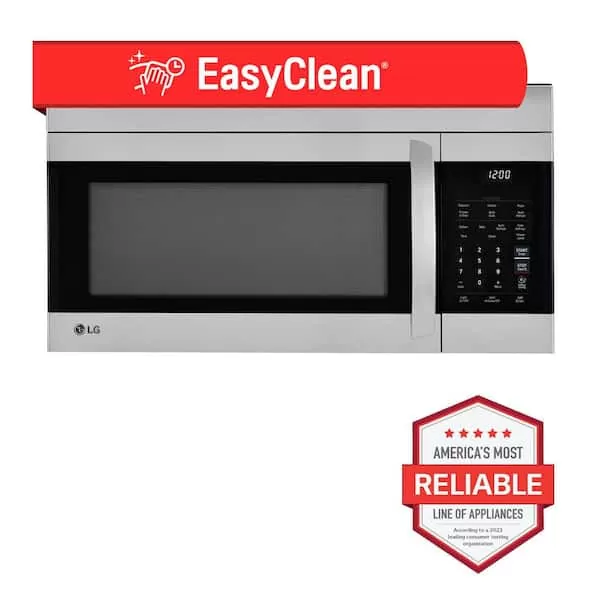Microwave – All Parts for A Happy Home


Microwave Parts and Resources
-
- Parts for your microwave
- Part pictures for your microwave
- Detailed illustrations and schematics of your microwave
- Information on how microwave works
- Diagnostic guidance in figuring out what is wrong with your microwave
- Email service to technical experts for help with your specific microwave problem
- Maintenance tips for your microwave
- Answers to common questions about your microwave
- Graphics and videos to help you locate your microwave model number
- Recall information for your microwave
- Error or fault codes for your microwave
Microwave Model Number Finder
Where is My Microwave Model Number?
-
- On the back of your microwave oven
- On the inside wall of your microwave
- On the control panel of your microwave
- On the door jamb of your microwave oven
- On the door of your microwave
Most Commonly Replaced Microwave Parts
Microwave Halogen Light Bulb – 120 volts, 20 watts
Halogen Light Bulb
Microwave Grease Filter – for most microwave types
Grease Filter
Microwave Switch – Button switch, 16 Amp. 125/250 volt, 3/16″ terminals, normally open
Microwave Switch
Microwave Glass Tray – Glass carousel turntable tray. 13 inches in diameter
Microwave Glass Tray
Microwave Door Open Lever – for most microwaves
Microwave Door Open Lever
More Microwave Parts
Microwave Cooking Tips
-
- Never place metal utensils, dishes, etc. in the microwave
- Never use metal foil or foil-lined paper products, paper towels that include nylon or synthetic fibers, or newspaper
- You can use paper plates, paper cups, and paper napkins in the microwave
- When using plastic roasting or cooking bags in your microwave, make sure to discard the wire twist tie; use a plastic fastener or a piece of string instead
- To make sure that everything cooks evenly, cut meats and vegetables of the same dish in uniform sizes
- Stir food a number of times, and turn dishes around, to make sure that food cooks fully and evenly.
- If you are cooking meat with a large bone in it, remove the bone first; the dense bone may keep the area around it from cooking
- To get more juice from lemons, limes or other citrus fruit, place fruit it in microwave on high power for 30 seconds
- Always place paper towels around sandwiches, rolls, or other baked goods; the towels will absorb moisture so that food is not soggy
- To soften brown sugar that has turned into a hard lump do this: place a piece of dampened paper towel in the box, close the box tightly, and put the whole thing in the microwave for 20 to 30 seconds on high
Recent Posts
How do I create an engaging and informative online quiz or assessment?
Creating an engaging and informative online quiz or assessment can be a powerful tool for… Read More
What are the most effective methods for managing and reducing work-related stress in the hospitality industry?
Work-related stress is a common issue in the hospitality industry, where employees often face long… Read More
How can I improve my assertiveness and communication skills in a leadership position?
In a leadership position, assertiveness and effective communication skills are crucial for success. Being able… Read More
What are the key elements of a successful employee recognition and rewards program?
Employee recognition and rewards programs play a crucial role in motivating and engaging employees, as… Read More
How do I effectively manage and respond to customer feedback and reviews?
Customer feedback and online reviews play a crucial role in shaping a company's reputation and… Read More
What are the best strategies for effective time management as a stay-at-home parent?
Effective time management is crucial for stay-at-home parents who juggle multiple responsibilities on a daily… Read More